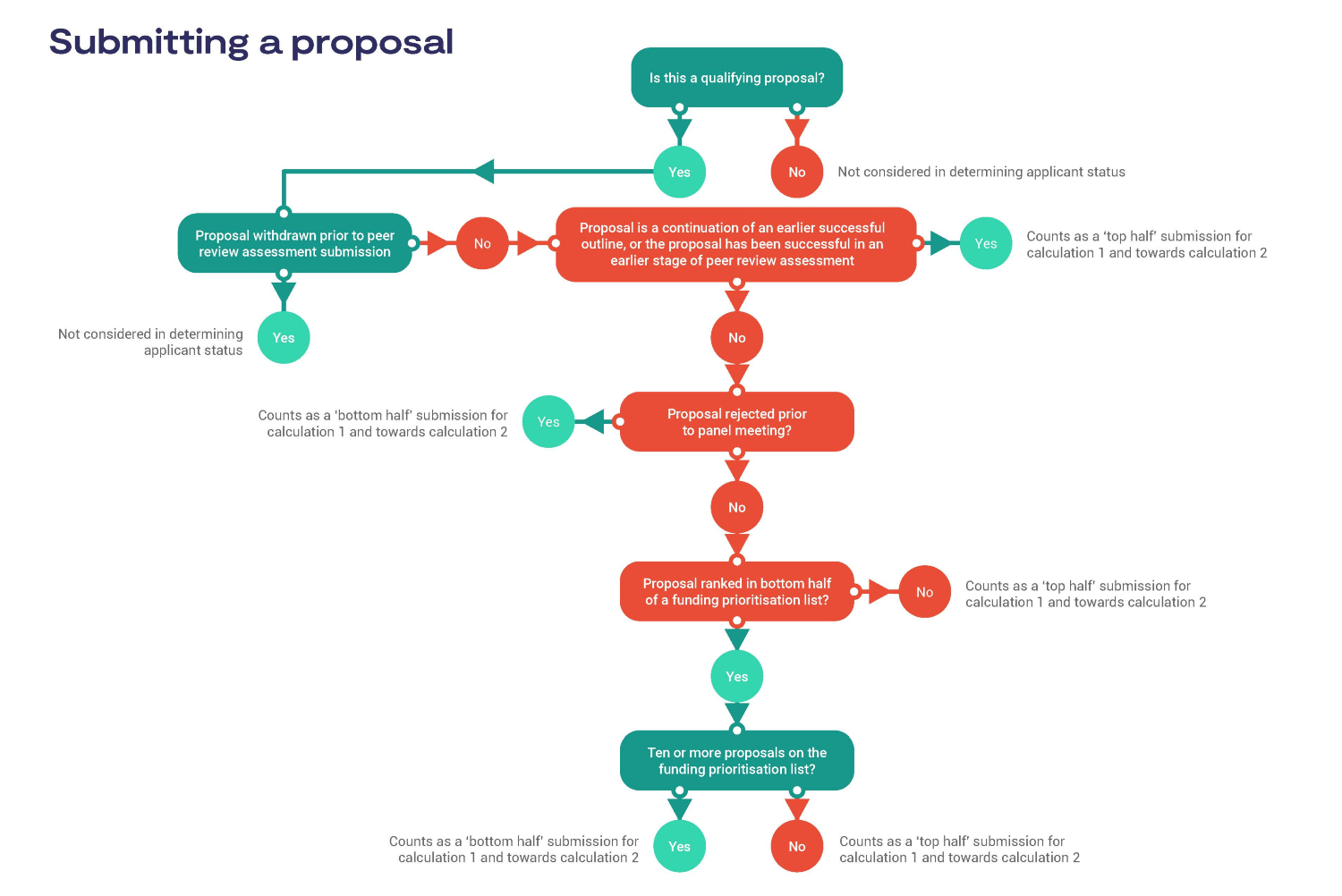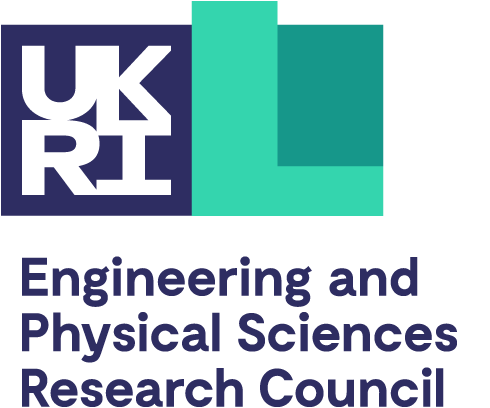EPSRC introduced the repeatedly unsuccessful applicant (RUA) policy in 2010 to help safeguard and ensure the sustainability of the peer review process.
With the transition to the new UK Research and Innovation (UKRI) Funding Service and the aspiration to create a more consistent policy landscape across UKRI, EPSRC has taken the decision to pause the RUA policy for a period of 12 months from 16 May 2023.
EPSRC will continue to monitor submission numbers and behaviours over this time and will make a final decision on the future of the policy in May 2024.
Every proposal we receive is sent out for expert peer reviewed assessment. Find out how we keep the effort between reviewers and applicants balanced, and how submitting fewer, higher quality proposals gives reviewers more time to review each one.
Peer review of research and training proposals is the mechanism guiding Engineering and Physical Sciences Research Council’s (EPSRC) investment decisions and is therefore critical to achieving the EPSRC mission and vision.
EPSRC receives several thousand proposals a year, each of which must be assessed by expert reviewers. We recognise that this is only possible if EPSRC’s peer review community continues to provide high-quality and timely expert assessment.
The sustainability of peer review depends on an equitable balance of effort between applicants and reviewers. Therefore, EPSRC has taken steps to discourage the submission of uncompetitive proposals to manage the demand on reviewers.
Since 1 April 2010, EPSRC has restricted the number of proposals that can be submitted by applicants who are repeatedly unsuccessful (based on the success of their proposal submissions over the previous 24 month period).
Applicants who are repeatedly unsuccessful over the previous 24 months are restricted to submitting one application, as either a principal or co-investigator, in the following 12 months (constrained applicants).
EPSRC considers all principal investigators equally, irrespective of whether they are from the lead organisation or not. Applicants are notified by EPSRC when one further unsuccessful submission will result in constrained applicant status.
Proposal submissions to EPSRC fell by 35% following the introduction of the policy (from 5,052 in 2008 to 2009 to 3,263 in 2009 to 2010) and have subsequently remained at a consistent level (3,259 in 2016 to 2017).
Qualifying proposals
All proposals submitted as a principal investigator through the Joint Electronic Submission (Je-S) system are taken into consideration for the calculation of applicant status except for the following:
- certain calls for proposals: exclusions will be detailed in the call document
- training proposals
- strategic equipment proposals
- institutes and strategic initiatives (for example, the UKRI Challenge Fund)
- institutional awards where EPSRC sets restrictions on the identity of principal investigator (for example Impact Acceleration Accounts)
- proposals office rejected by EPSRC or withdrawn before assessment (Office rejects are proposals that are rejected prior to peer review. Reasons for office rejects include: out of EPSRC or call remit, failure of admin checks, a resubmission of a previous proposal.)
- proposals where peer review has been led by another funding organisation
- outline proposals.
Applicant status
Applicant status is determined by the success of an applicant’s proposal submissions over the previous 24-month period, and is based on two factors:
- the number of proposals submitted by the applicant that are ranked in the bottom half of a funding prioritisation list or rejected before panel
- the applicant’s personal success rate.
Proposals that are the continuation of an earlier proposal or outline that has been assessed by peer review and subsequently invited to a further stage of assessment are automatically counted as ranking in the top half of a funding prioritisation list.
The following flowchart illustrates how submitting a proposal affects the determination of applicant status.
View a PDF version of the process flowchart.
The calculation used to determine whether an applicant has constrained status is determined by:
- calculation 1: the number of proposals submitted by the applicant that are ranked in the bottom half of a funding prioritisation list, or rejected before panel
- calculation 2: the applicant’s personal success rate over the previous 24 months.
Applicant status is calculated by EPSRC on a monthly basis.
Applicants and their host institutions will be informed of any changes to their applicant status by email. Applicants will also be notified by email if their personal success rate is below 25% and the submission of a further proposal ranked in the bottom half of a funding prioritisation list, or rejected before panel, will result in constrained applicant status.
Constrained applicants
Applicants who are repeatedly unsuccessful over the previous 24 months, and are placed in constrained applicant status, are defined as those who have:
- submitted three or more proposals that were subsequently assessed and ranked in the bottom half of a funding prioritisation list (of ten proposals or more), or rejected before panel
- a personal success rate of less than 25% over the previous 24 months.
Constrained applicants are only eligible to submit one application, as either a principal or co-investigator, for a 12-month period following notification of their change in status.
Constrained applicant status automatically ends at the end of this 12-month period.
However, further unsuccessful submissions may result in a further period of constrained applicant status.
How can I check my applicant status?
Your applicant status can be determined using EPSRC’s Grants on the Web. You will need the application reference number (starting ‘EP/…’) of any proposals that have been submitted to EPSRC in the past 24 months and have been either successfully funded or rejected following peer review assessment.
In order to check where your proposal was placed on a funding prioritisation list, enter your application reference number into the search box. This will provide a link to the rank ordered list of proposals (‘Rank Ordered List Panel’) from the panel that considered your proposal.
Note that unsuccessful proposals that were not considered by a prioritisation panel are not included in this data.
EPSRC calculates your personal success rate by dividing the number of funded proposals where you are the principal investigator by the total number of proposals where you are the principal investigator and that have been either successfully funded or rejected following peer review assessment.
Appeals
If you have been contacted about restrictions, but feel you do not meet the criteria then please contact the EPSRC Portfolio Manager for your research area.
If your disagreement remains unresolved, your query will be escalated to the relevant EPSRC head of theme.


